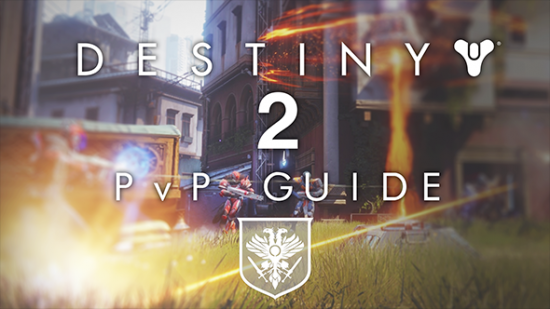Destiny 2 PvP comes in a variety of forms, and all are part of the key backbone of the game. While Destiny 2 is primarily a PvE experience – you have to shoot at least some aliens to get anywhere – competitive multiplayer has been a key component from the beginning, with a thriving community on Twitch doing basically nothing else. Bungie has taken it much more seriously in the sequel, with controversial tweaks to abilities and weapon loadouts made in the name of PvP balance. If the Cabal are too soft for you, here’s how you can compete against other Guardians in Destiny 2.
Like to go head-to-head? These are the best multiplayer games on PC.
The PvP side of Destiny is made up of several components. Crucible is the main one, which offers the most rounded experience and has playlists for both casual and more competitive players. Iron Banner is a rewards-focused PvP event that provides themed armour and weapons. Trials of the Nine is Destiny 2’s top-tier PvP challenge, and requires a pre-assembled fireteam to play.
Destiny 2 Crucible
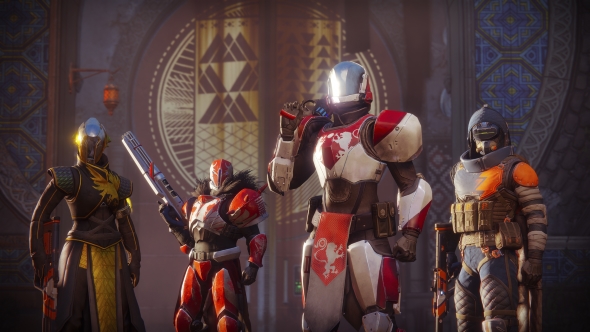
The core PvP game is called the Crucible. It puts all Guardians on a level playing field by removing progress-based damage modifiers, so you can compete at any stage of the game, whether you’re a veteran of a hundred raids or just starting the campaign. You get access to the Crucible after the third campaign mission, ‘Spark’.
You have the choice of several game modes, all of which will involve two teams of four. They’re grouped into two playlists: ‘quickplay’ is a casual playlist with quick matchmaking at the expense of skill parity, whereas ‘competitive’ will take longer to match you, but emphasise skill rating and connection speed. Game modes arenotselectable individually.
Quickplay
- Clash – Clash is a simple 4v4 team deathmatch mode. First team to 75 kills, or the team that’s leading when the eight minute time limit expires, wins.
- Control– returning with small tweaks from the original, Control is like COD’s Domination mode. Teams compete to capture and hold three flag zones, and to kill opponents. Capturing a zone or killing an enemy gets you a point, with one bonus point per kill if you hold two zones, and two bonus points per kill if you hold all three. Winners are the first to hit the 100-point cap, or to have the higher score after eight minutes.
- Supremacy– essentially, this is COD’s Kill Confirmed mode. Guardians will drop prismatic dodecohedrons called crests when killed, and you don’t score until you grab the crest. You can collect allies’ crests to deny the enemy points. First team to 50 crests, or with the highest score after eight minutes, wins.
Competitive
- Countdown– Countdown is clearly inspired by PC classic Counter-Strike. Teams take turns trying to plant a bomb in one of two sites (down from three in the betas, thank goodness). Attackers win if they can plant the bomb and protect it until it goes off, which takes about 40 seconds, while defenders win if the attackers haven’t planted after two minutes. Both teams can also win by wiping their opponents, and each team only gets one revive per round. First team to win six rounds wins the match.
- Survival– available in the competitive playlist, this is a ‘spiritual successor’ to the original’s small team tactics mode, Skirmish. Both teams have a pool of eight respawns, and the winning team are the ones who exhaust their opponents’ respawns first. If no-one’s won a round after three minutes, it goes to Overtime, with a capture point appearing to break the tie. Power ammo spawns in the centre of the map, pulling combatants together.
These are the only modes in the game right now, so no all-vs-all deathmatch mode, which is a bit of a surprise. Maps are set across a range of planets, both new and old – Altar of Flame, for instance, is set on Mercury, which isn’t a fully-featured PvE location in Destiny 2 (though we hear it will be in the Osiris expansion).
Destiny 2 Iron Banner
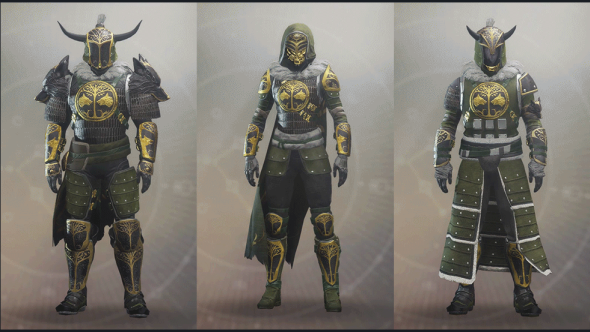
Iron Banner was a week-long monthly PvP event in the original Destiny. It used to be the case that damage modifiers based on your gear level were applied, so you’d deal more damage to, and take less damage from, other Guardians with weaker gear. Bungie have confirmed that’s not happening this time around.
Game modes are drawn from the quickplay playlist, where Trials of the Nine is based on competitive. Iron Banner rewards will work on a reputation and engram system, just like every other activity in the game:
- Iron Banner tokens will drop after every match, with more dropping if you win.
- Trade them in to the Iron Banner boss, Lord Saladin, for reputation. You’ll get engrams when you rank up.
There are also Daily and Season Milestones to complete, presumably for additional rewards. There’s a chance that Iron Banner loot will drop after games, but this hasn’t been confirmed. In the original such drops were generous, both in terms of frequency and gear level, making Iron Banner one of the best activities to grind if you wanted to power up.
We doubt that’ll remain the case, but at least we know the gear looks sweet (see above). For more, check out our Destiny 2 Iron Banner guide.
Destiny 2 Trials of the Nine
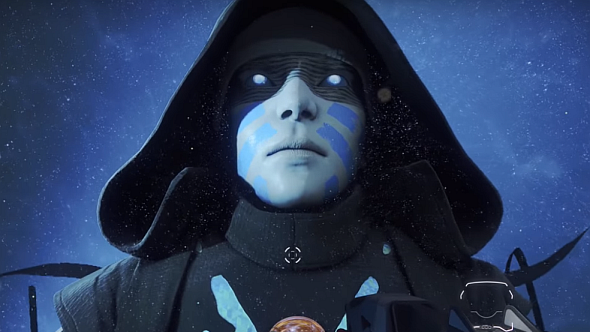
Trials of the Nine replaces the original Destiny’s Trials of Osiris as the endgame PvP challenge. It runs every weekend from Friday at 10:00 BST to the weekly reset on Tuesday, using both the Countdown and Survival game modes on a variety of maps. To partake, you’ll need to have finished the campaign, to complete Shaxx’s Call to Arms Crucible Milestone at least once, and to reach power level 260.
Like Trials of Osiris, Trials of the Nine tracks your wins and losses (though you don’t need to buy a ticket this time, and there are no boons). Your first win of the week will grant access to the Third Spire, a new and eerie social space. You get access to higher tiers within the Spire, each with an Emissary of the Nine who will give you loot, at three wins, five wins, and seven wins. If you can get to seven wins without a single loss, you get the special Flawless tier, with the greatest rewards of all. Tokens of the Nine will also drop after winning Trials games, so hand them in to the Emissaries to earn reputation. As with every other faction, you’ll get an engram with yet more loot at each rep rank.
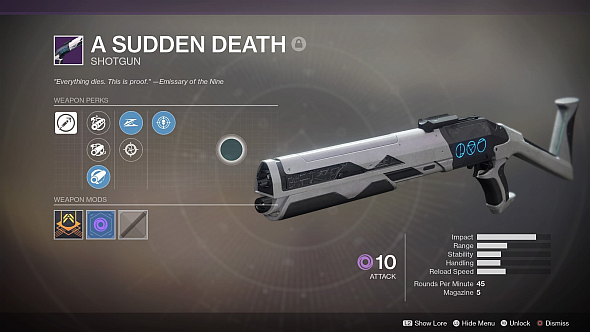
Trials of the Nine has one set of weapons and two sets of armour – one for Flawless wins, one for every other kind. Many weapons have unique perks based around sliding – a popular PvP tactic. Notable weapons include the Prosecutor, one fo the best auto rifles in the game.
Trials of Osiris was added to the original Destiny in May 2015’s House of Wolves expansion. It was to PvP as the Raid was to PvE: a pinnacle end-game activity, dropping gorgeous and powerful gear. You had to win nine games without a single loss to book a trip to the Lighthouse – Osiris’s hideout on Mercury – where you could claim Trials’ ultimate rewards. Moreover, matchmaking pitted you against people who had recorded a similar number of wins as your team. It was, needless to say,intenselysweaty. Speaking of which…
Destiny 2 private matches, ranked PvP, and esports
Destiny 2 has no private matches for the moment, but director Luke Smith has confirmedthey’re on an internal list of features that Bungiedoeswant to implement. So they’re almost certainly coming, but Smith can’t saywhen.
It might be a similar situation with ranked PvP. Bungierecently said they’re proudof their “long tradition of being active in the competitive realm” – that’s a Halo reference, there – and if the community decide they’re interested in “propping up” Destiny in that way, “then that’s something we think we are interested in.”
There’s some evidence for the view that Bungie have always wanted to position Destiny as an esport. They showed off The Taken King’s Rift game mode by pitting some of the best Destiny streamers against each other in a livestreamed, casted match sponsored by Red Bull. The changes to Destiny 2’s loadout and ability systems were also clearly designed with better PvP in mind, after the original’s intractable problems with ability and weapons balancing. The fact that it’s coming to PC, the home platform for esports, is another good sign, and the audience is unquestionably big enough.
On the other hand: the PvE side of the game could still disrupt balance, there are no dedicated servers, and publishers Activision-Blizzard already own two popular competitive shooters in Overwatch and Call of Duty.
It’ll be telling to see how Bungie respond to the issues around aim assist on PC. If it’s removed, as it was for Overwatch, that could be a hint they want to foster a competitive scene. If that happens, better competitive features, more PvP game modes (no deathmatch? Seriously, Bungie?), and perhaps an esports push, could come once the PC launch is out of the way. We’d guess early 2018.
Destiny 2 SRL – Sparrow Racing League
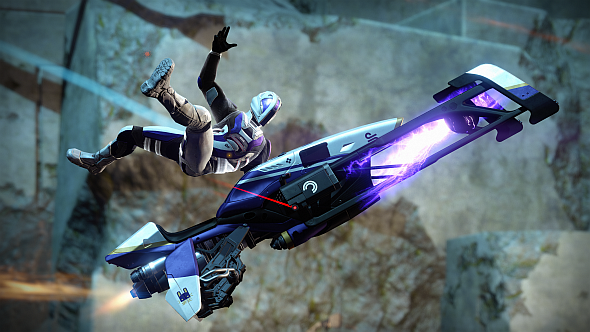
The Sparrow Racing League (SRL) was added to the original Destiny for three glorious weeks around Christmas 2015, returning with new tracks and rewards the next year. Voice lines from the PC datamine suggest NPCs are watching SRL matches on TV in social spaces and have them asking if it will return, which is a pretty clear hint it will – mostly likely at Christmas.
Once you understand that those jetbikes you may have seen in various trailers are called Sparrows, you shouldn’t really have too many more questions about this game mode. You raced against other players around some pretty fun tracks, gaining speed boosts by hitting gates placed along the best racing line. Occasional shortcuts and enemies on the track kept things interesting. Whoever crossed the line first after three laps won.
In terms of rewards, SRL was similar to Iron Banner in that it got its own gear, which dropped at high levels and at a generous rate. Shipwright and mechanic Amanda Holliday served as the SRL rep, with her own quests and reputation system, and there was a large ‘record book’ that tracked your achievements, dropping gear when you hit certain thresholds.
